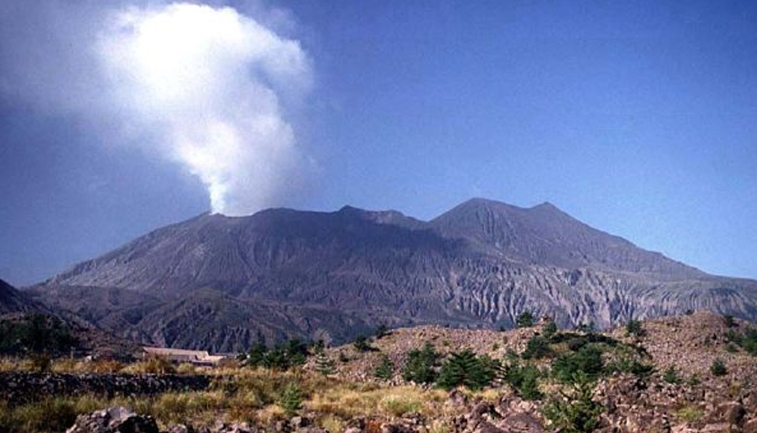Volcanoes have long been a source of fascination and mystery for scientists and the general public alike. From their towering peaks to the fiery eruptions that spew forth from their mouths, volcanoes are truly nature’s most awe-inspiring wonders.
But what exactly causes volcanoes to erupt? What forces are at play deep within the earth that lead to these powerful explosions? In this article, we will delve into the mysteries of volcanoes and explore the science behind their eruptions.
The Power Beneath the Surface
Beneath the surface of the earth lies a world of molten rock known as magma. This magma is constantly moving and shifting, creating immense pressure as it builds up beneath the earth’s crust. When this pressure becomes too great, the magma is forced upwards, seeking a way to escape.
The Path to the Surface
As the magma rises, it travels through a network of channels known as magma chambers. These chambers are like underground reservoirs that store the molten rock until it is ready to erupt. The path that the magma takes to the surface is determined by a variety of factors, including the composition of the magma, the shape of the volcano, and the presence of any obstacles that may block its way.
The Eruption
When the magma reaches the surface, it erupts in a fiery display of power. The force of the eruption is driven by the pressure of the magma, as well as the gases that are released as the magma cools and solidifies. These gases, including water vapor, carbon dioxide, and sulfur dioxide, can create explosive eruptions that send ash, rocks, and lava hurtling into the air.
The Aftermath
Once the eruption has ended, the volcano enters a period of dormancy as the magma chambers refill and the pressure begins to build once again. This cycle of eruption and dormancy can continue for years, decades, or even centuries, shaping the landscape and creating new land as the lava cools and hardens.
In conclusion, the mysteries of volcanoes are vast and complex, but scientists are constantly striving to unravel their secrets. By studying the forces at play deep within the earth, we can gain a better understanding of these powerful natural phenomena and learn to predict and prepare for their eruptions. And while the awe-inspiring beauty of volcanoes will always captivate us, it is important to remember the destructive power that lies beneath their fiery facades.

